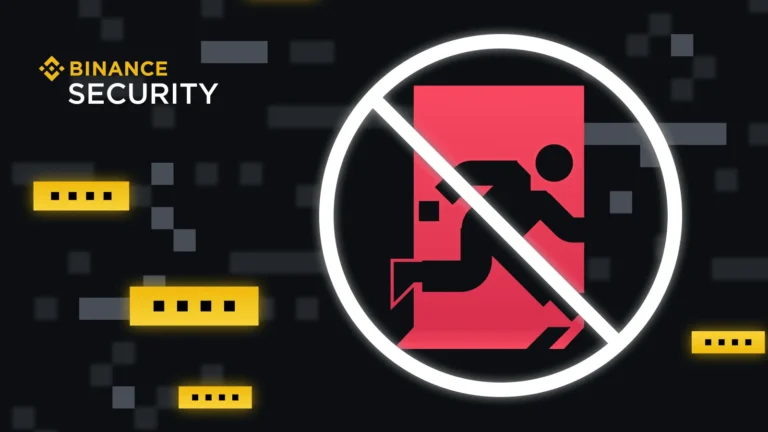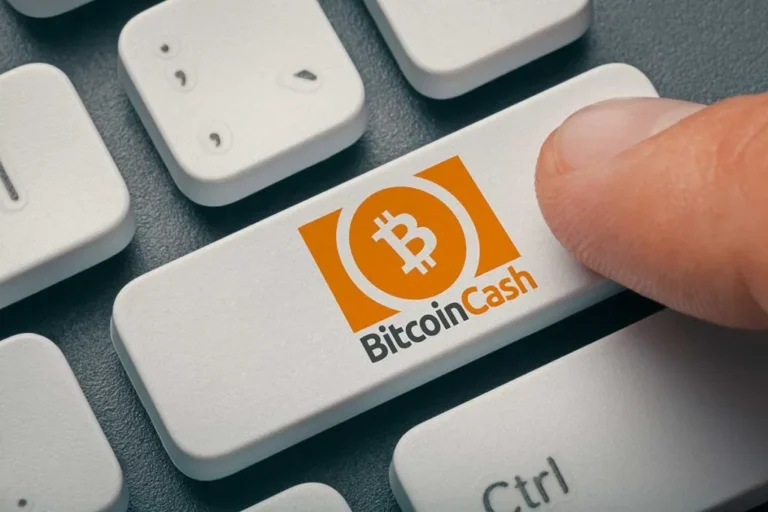API Key for Binance: Everything You Need to Know
If you’re into crypto trading, you’ve probably heard of API key for Binance before. But what exactly is it? And why do traders use it?
Well, don’t worry! I’ll break it down for you in the simplest way possible. By the end of this article, you’ll know exactly what an API key is, how it works, and how to set one up on Binance. Let’s get started!
What Is an API Key for Binance?
An API key for Binance is like a secret passcode that lets apps and software connect to your Binance account. Instead of logging in every time, the API key helps different trading tools do the work for you.
This is super useful if you want to automate trades, track prices, or even manage your portfolio without constantly checking Binance manually.
It’s kind of like giving your best friend access to your video game account so they can play for you except this is for crypto trading, and you have full control over what they can or cannot do.
Why Do People Use API Keys on Binance?
There are a few big reasons why traders use an API key for Binance instead of trading manually:
1. Automated Trading
Bots can trade for you based on rules you set. This means you don’t have to sit at your computer all day looking at price charts.
2. Faster Trading
An API key lets trading apps connect to Binance in real-time, so your trades happen faster than if you placed them manually.
3. Portfolio Management
You can track all your crypto holdings in one place, even if you use multiple exchanges.
4. Custom Trading Strategies
Some traders like to build their own software for trading, and an API key for Binance helps them connect their programs to the exchange.
5. Less Human Error
Since the bot follows rules and logic, it won’t make emotional mistakes like panic buying or selling.
How to Create an API Key for Binance
Creating an API key for Binance is actually pretty easy. Just follow these steps:
Step 1: Log Into Your Binance Account
Go to the Binance website and log in. Make sure you have two-factor authentication (2FA) enabled for extra security.
Step 2: Go to the API Management Page
Click on your profile icon in the top right corner, then select “API Management.”
Step 3: Create a New API Key
- Choose a name for your API key (something like “MyTradingBot” or “PortfolioTracker”).
- Click “Create API.”
- Binance will ask you to complete security verification.
Step 4: Copy and Store Your API Key
Once your API key is created, you’ll get two things:
- API Key – This is your public key, which allows apps to connect.
- Secret Key – This is private and should never be shared!
Make sure to store them safely because Binance won’t show the secret key again after you leave the page.
Step 5: Set Permissions
Decide what your API key can do. Binance lets you set permissions like:
- Read-Only – Lets you see your balance and history but not trade.
- Enable Trading – Allows the API to place buy and sell orders.
- Enable Withdrawals – This is risky! Only allow it if you absolutely trust the app you’re using.
How to Use an API Key for Binance
Once you have your API key for Binance, you can connect it to trading bots, portfolio trackers, or any other software that supports Binance APIs. Here’s how:
- Open the app or software you want to connect to Binance.
- Find the API settings in the app.
- Enter your API key and Secret key.
- Save and test the connection.
After this, your app will be able to access Binance using your API key.
Are API Keys Safe to Use?
Yes and no. API keys are safe as long as you handle them correctly. But if someone gets access to your API key, they can do whatever your permissions allow.
How to Keep Your API Key Safe:
- Never share it with anyone (not even Binance support will ask for it).
- Use IP whitelisting – This means only your computer or bot can use the key.
- Don’t enable withdrawals – Unless absolutely necessary, avoid allowing the API key to withdraw funds.
- Regularly delete and create new API keys – If you don’t use one anymore, delete it!
Common Problems with Binance API Keys
Sometimes, people run into issues when using an API key for Binance. Here are some common ones and how to fix them:
1. API Key Not Working
- Make sure you copied it correctly.
- Check if the API key has expired (some keys need to be renewed).
2. “Invalid API Key” Error
- This usually happens if you enter the wrong key. Double-check your input.
- If your key was deleted or changed, you’ll need to create a new one.
3. Bot or App Can’t Connect
- Make sure you have enabled the correct permissions.
- Check if Binance API services are down (this happens sometimes).
Best Apps and Bots That Use Binance API Keys
If you’re wondering what kind of apps can connect using an API key for Binance, here are some popular ones:
1. Trading Bots
- 3Commas – Helps automate trading with smart strategies.
- Pionex – Offers free trading bots with different strategies.
2. Portfolio Trackers
- CoinStats – Lets you see your entire portfolio across multiple exchanges.
- Delta – A simple app to track crypto investments.
3. Custom Scripts
Some traders create their own custom bots using Python or other programming languages. Binance provides documentation for developers to use their API keys effectively.
Should You Use an API Key for Binance?
If you trade often or want to automate your strategy, using an API key for Binance is a great idea. It saves time, reduces mistakes, and helps you stay ahead in the fast-moving crypto market.
However, be careful with security! If you don’t protect your API key, someone could misuse it and mess up your trades.
Final Thoughts
An API key for Binance is a powerful tool that allows you to automate trades, track portfolios, and use advanced trading strategies. It makes crypto trading easier and more efficient. But like anything related to security, you need to handle it responsibly.
If you’re new to API keys, start slow. Try using one with a portfolio tracker before jumping into trading bots. And always remember—never share your secret key with anyone!
Now that you understand API keys, are you ready to set one up and take your trading to the next level? 🚀







